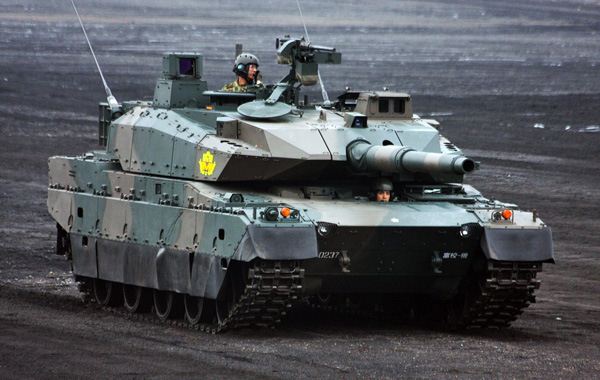
Secondary Gun: 12.7 mm Heavy machine gun, 7.62 mm coaxial GMPG.

The maximum firing range of the anti-tank missiles is 5km. The 125mm gun can fire armour-piercing fin-stabilised discarding-sabot (APFSDS) rounds, high-explosive anti-tank (HEAT) warhead, artillery and guided missiles. Informed sources claims that the FY-4 ERA on the VT4 has the same protection level as the Russian Kontakt-5. The gross vehicle weight of the tank is approximately 52,000kg. The hull of the VT4 MBT is of all-welded steel armour construction. The VT4 tank features integrated advanced armor and fire control capabilities and offers increased firepower and protection to combat forces in the battlefield. It is intended primarily for export markets. The VT4 (MBT-3000) main battle tank is a third-generation armored combat vehicle designed and developed by China North Industries Corporation (Norinco).

This system was strengthened with fortifications, underground shelters and thick belts of barbed wire.įor commanders, the greatest tactical problem was to get troops safely across the fire-swept divide between the trenches to penetrate enemy defences. Communication trenches linked them all together.

The front-line trenches were backed-up by second and third lines: 'support' and 'reserve' trenches. These early trenches were built quickly and tended to be simple affairs that offered little protection from the elements. Both sides dug in and a line of trenches soon ran from the Channel to the Swiss frontier. The First Battle of Ypres (20 October - 22 November 1914) marked the end of open and mobile warfare on the Western Front. The destructive power of modern artillery and machine guns forced soldiers to seek cover on the battlefield and dig in for protection. Weapons played a large part in creating the difficult and unusual circumstances of trench warfare which the British Army encountered during the First World War (1914-18).


 0 kommentar(er)
0 kommentar(er)
